You’ve probably heard and discussed scope 1, 2 and 3 emissions extensively, but what in the world are scope 4 emissions? And what is the role of employees in this new sphere of emissions?
Companies have had to report emissions for quite sometime now, including their efforts to reduce their most negatively impactful ones.
And while thorough reporting on Scopes 1 and 2 emissions seem to be the norm, those included in scope 3 tend to create more complications. And if this was not enough, as of recently, there seems to be another fairly new side to it all; one that many are not even aware of.

Known as ‘avoided emissions‘, the term Scope 4 is making its way through organizations and setting light to the extent to which company governance needs to pursue sustainability.
But where does the fourth installment of emission reporting scopes fall? And why should companies consider it for their reporting and emission reduction strategies?
Scope 4 emissions
Scope 4 emissions are commonly referred to as avoided emissions; in some instances, they have also been described as home-working emissions, which already gives us a clue of the importance employees have in this part of reporting.
But before we get any further, here is a brief reminder of the definition or implications of Scope 1, 2 and 3 for company’s emission reporting:
Scope 1:
Direct emissions; those that a company causes by operating the things that it owns or controls.
Scope 2:
Indirect emissions that derive from the production of the energy the organization buys.
Scope 3:
Indirect emissions that fall out of the company’s control and under the wider value-chain.
Now that this is clear we can move on to understand what in the world are Scope 4 emissions and why should companies start considering them for their reporting and overall sustainability strategies.

Avoided emissions
As we have said before, Scope 4 emissions have been commonly referred to as avoided emissions, which in turn refer to the emission reductions that occur outside of a value chain or the life cycle of a product.
Additionally, they also include ‘home-working emissions’, this is, emissions created to keep laptops running or maintain central air conditioning or heating systems.
An easy example to understand Scope 4 emissions are, for example, energy efficient technologies. Let’s take a laptop, for instance, which has been produced with a more energy efficient battery; this will result on users not having to charge the device as much or as often, which ultimately reduces electricity emissions.

The second most common interpretation of Scope 4 emissions is that of the emissions people who work remotely from home generate. These can be considered avoided emissions due to the simple fact that not having to commute or take business trips, for example, helps reduce emissions.
Engage employees in the sustainability strategy
Why should companies report Scope 4 emissions?
Reporting Scope 4 emissions is not compulsory, and in some instances, is not even considered a relevant element for company emission reporting.
In contrast, we believe there is a lot of potential for a business’ sustainability performance to take a second to reflect upon their scope 4 emissions. This is, scope 4 could help many companies improve and stay on top of their sustainability responsibilities.
But why should companies report these seemingly unrelated set of emissions? The answer is quite simple: the challenge of sustainability is so big, every single element and/or person in the emission-chain is important and necessary.

By this we are referring to emission targets, as well as the global temperature increase target, which are both crucial objectives we need to meet before it is too late. And the power companies hold within these grounds is a great responsibility that requires great innovation.
Measuring and managing Scope 4 emissions is a great arena for innovation, but most importantly, it can help give a more holistic approach to a company’s emissions. For example, a company product can result in generating more emissions, but the long run could show that scope 4 emissions are reduced significantly.
Engage employees in sustainability
No single institution, organization or actor in society can deal with the extent of the work we have to do to save our planet and wellbeing alone. There is no other way to achieve environmental and social targets than by working together.
This is precisely why engaging employees in the sustainability strategy, giving them the tools to live more sustainably, raise awareness, and measure their impact is just as crucial as improvements done for Scope 1, 2 and 3 reporting.
Employees, far from being indifferent from participation in sustainable efforts, look for the opportunity to be actively engaged and find purpose in having a positive impact through their jobs.
In DoGood we believe that working collectively can help us find that which alone may seem unattainable or useless. That is why we think the workplace is the perfect environment to find that collective eagerness to make a difference, both for the sustainability and purpose of the company and a more sustainable way of being for all.
A guide to climate change & climate action
Through our technology we are able to activate and track employees’ impact, creating engagement that translates into improved ESG metrics, reputational value and an overall positive impact for the environment and society.







